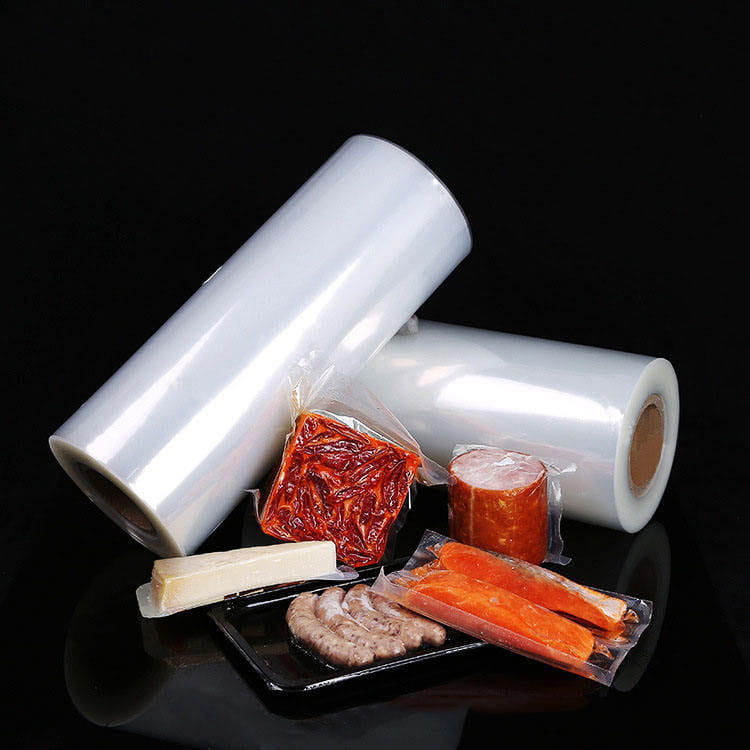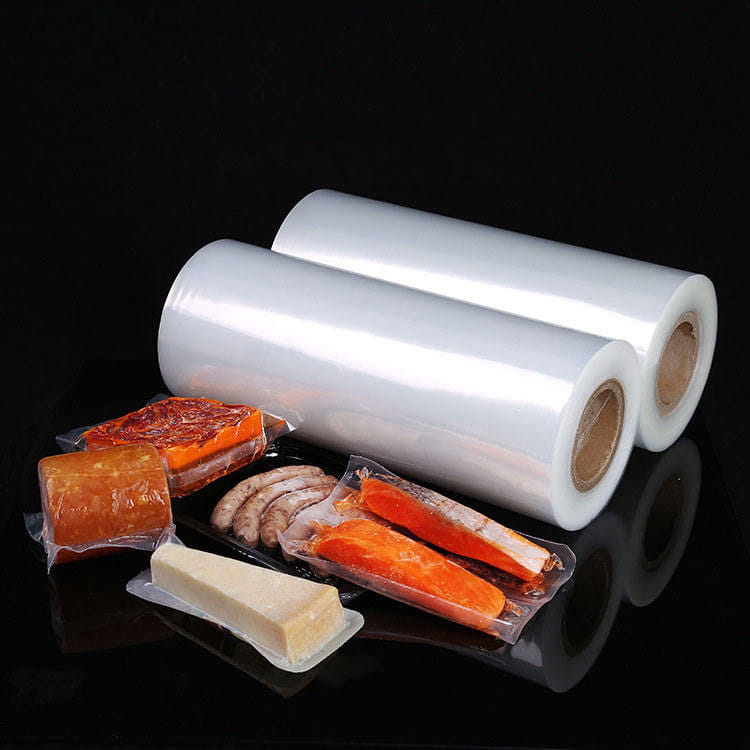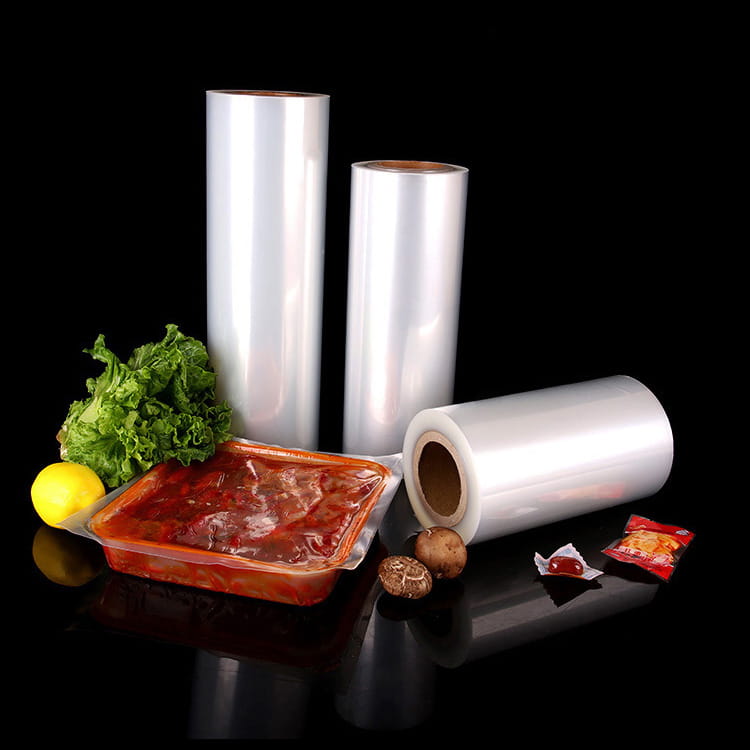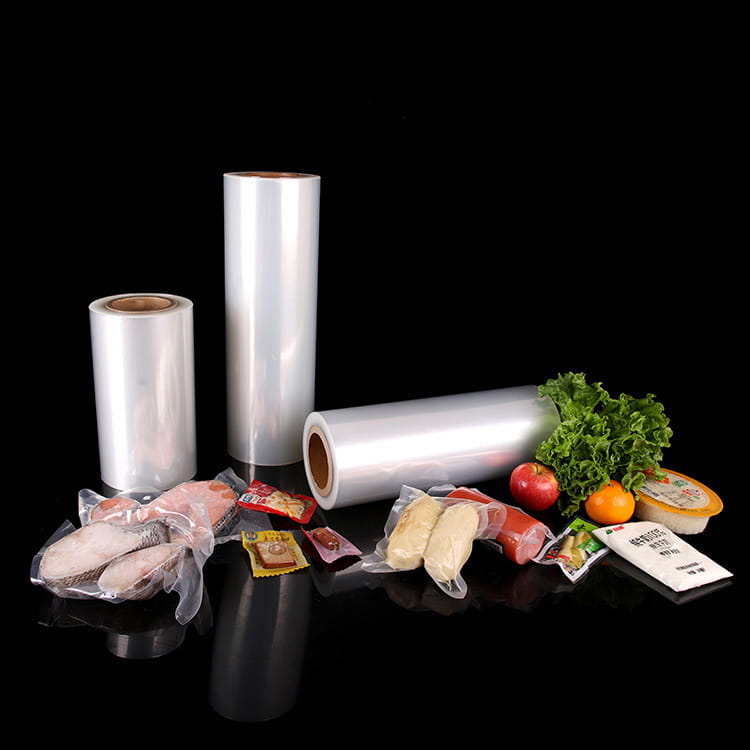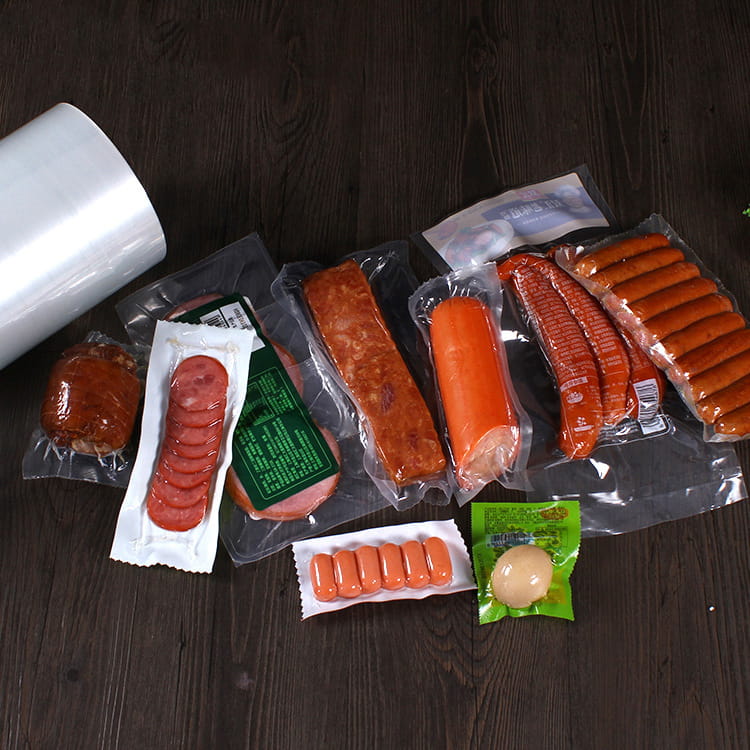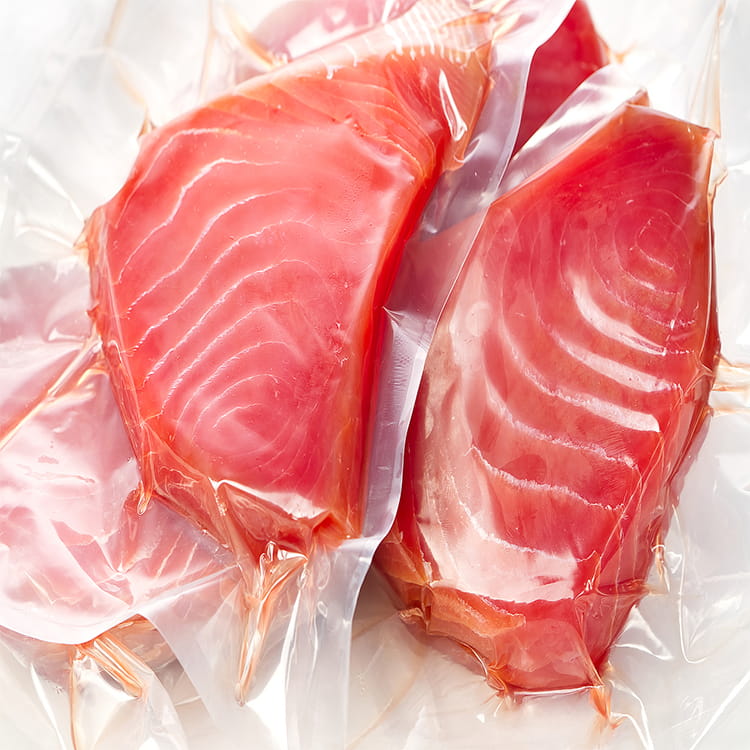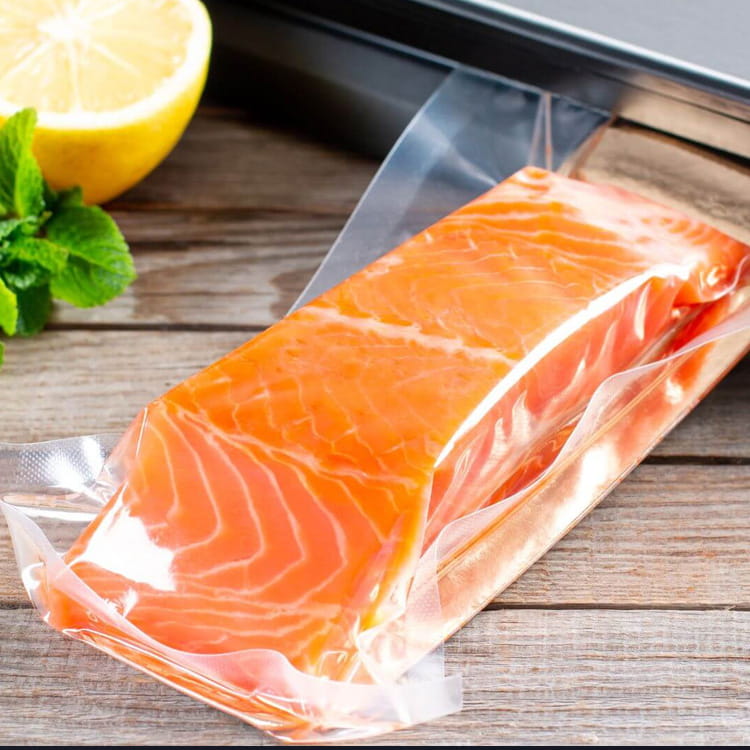Waterproof and heat-insulating tube film is not a simple application of a single material, but a fusion of multiple high-performance materials such as PA (polyamide), PE (polyethylene), PP (polypropylene), TIE (adhesive resin) and EVOH (ethylene-vinyl alcohol copolymer). This fusion of multiple materials is based on in-depth research and scientific combination of the characteristics of various materials.
Fusion of multiple materials
PA material has the characteristics of high strength, which enables the tube film to maintain a stable shape and is not easy to deform or damage when facing various external forces during construction and subsequent use. Its good wear resistance ensures that the tube film can still maintain its structural integrity in a complex building environment. Heat resistance allows the tube film to be used stably under high temperature conditions. The excellent chemical stability of PE material enables it to resist the erosion of various chemical substances. Hydrophobicity is the core characteristic of its waterproof function, which effectively blocks liquid water from the outside and prevents it from penetrating into the interior of the building. The lightweight characteristics of PP material provide the necessary strength and toughness for the tube film without adding extra burden to the building. Chemical resistance enables the tube film to remain stable in the face of complex chemical environments, and high heat resistance expands the scope of use of the tube film. TIE adhesive resins bond different materials tightly together through efficient chemical reactions, forming a seamless whole between the layers of materials. EVOH gives the tube film extremely high gas barrier properties, especially in oxygen barrier performance, far exceeding traditional PE materials. EVOH's non-toxic and odorless properties meet food packaging standards, and no harmful odors or substances will be produced inside buildings using waterproof and heat-insulating tube film.
Multi-layer co-extrusion creates integrated excellent products
Waterproof and heat-insulating tube film uses advanced multi-layer co-extrusion technology to scientifically combine the above-mentioned multiple materials. This technology allows the various layers of materials to merge with each other at the microscopic level to form an organic whole, giving full play to the advantages of each material and realizing the integration of multiple functions such as waterproofing, heat insulation, thermal insulation, and breathability. Compared with traditional building waterproof and heat-insulating materials, the integrated design of tube film avoids the problems of increased construction difficulty and loose interlayer adhesion caused by the superposition of multiple layers of materials, improves construction efficiency, and ensures the reliability and stability of the building waterproof and heat-insulating system. In construction projects, whether it is a new building or an energy-saving renovation of an existing building, the tube film can provide all-round protection for the building with its excellent performance, achieving high-efficiency energy saving and long-term protection of the building structure.
Wide range of building application scenarios
Waterproof and heat-insulating tube film has a wide range of application scenarios in the construction field due to its excellent performance. In roof waterproof and heat-insulating projects, the tube film can be directly laid on the roof base to form a solid waterproof and heat-insulating barrier. It can effectively block the penetration of rainwater and prevent leakage on the roof, and can also resist the heat brought by solar radiation, reduce indoor temperature, and reduce the energy consumption of refrigeration equipment such as air conditioners. In terms of wall waterproof and heat insulation, the tube film can be used as part of the wall insulation system, combined with insulation materials, to play a role together. It can not only enhance the waterproof performance of the wall and prevent rainwater from entering the insulation layer through the wall gaps and affecting the insulation effect, but also further improve the thermal insulation performance of the wall through its own thermal insulation performance, reduce the transfer of indoor and outdoor heat, and create a comfortable temperature environment for the room. Tubular membranes play an important role in building parts that are prone to moisture, such as basements. Basements are usually below the groundwater level and are prone to leakage due to the pressure of groundwater. The high strength and excellent waterproof performance of the tubular membrane can withstand the pressure of groundwater, effectively prevent moisture penetration, and protect the items and structures inside the basement from moisture.


 English
English عربى
عربى



